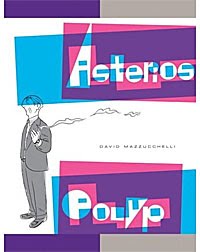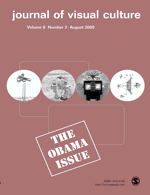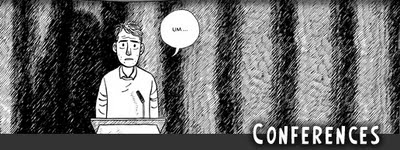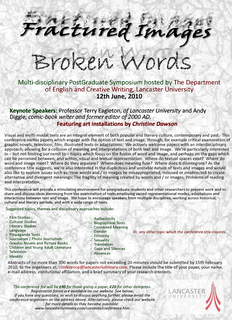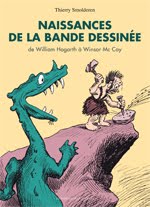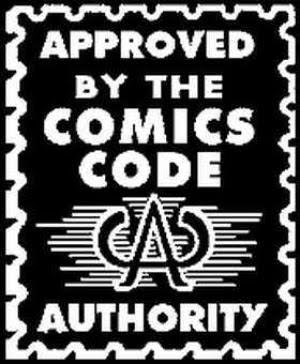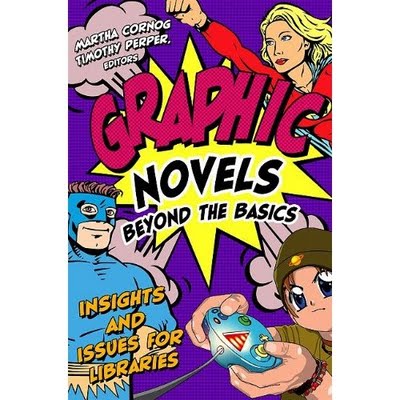
It's a good day here at the ComicsResearch.org offices (okay, office): Today's mail brought two all-new, all-different publications. First up is
Graphic Novels Beyond the Basics: Insights and Issues for Libraries, edited by
Martha Cornog & Timothy Perper. We'll be adding an info page to our bibliography for this book soon (
edit: here it is!), but in the meantime, here's how
the publisher's website describes it (handy, because I just walked in the door and haven't had time to begin to read the book yet):
This study of the graphic novel and its growth in the library helps librarians utilize and develop this extraordinarily popular format in their library collections.
One of the few bright spots in 21st century print publishing, graphic novels have moved from their stereotypical fanboy niche to the bestseller list, profoundly influencing movies, television, games, music, design, and fashion along the way. The phenomenon has reached libraries as well, with librarians collecting a variety of graphic novels for patrons of all ages.
What does the surge of popularity in graphic novels mean for libraries? Graphic Novels Beyond the Basics: Insights and Issues for Libraries goes deeper into this subject than any other volume previously published, bringing together a distinguished panel of experts to examine questions librarians may encounter as they work to enhance their graphic novel holdings.
Graphic Novels Beyond the Basics begins by introducing librarians to the world of the graphic novel: popular and critically acclaimed fiction and nonfiction titles; a wide range of genres including Japanese manga and other international favorites; recurring story and character archetypes; and titles created for specific cultural audiences and female readers. The book then offers a series of chapters on key issues librarians will face with graphic novels on the shelves, including processing and retention questions, preservation and retention, collecting related media such as Japanese anime films and video games, potential grounds for patron or parental complaints, the future of graphic novels, and more.
Check out the link above for additional information; we'll update this entry once we have the table of contents on our website. The contents are wide-ranging, covering genres, readers, resources and more, all designed with library collections in mind.
The second publication in today's mail was the
International Journal of Comic Art 11.2 (Fall 2009). As always, editor and publisher
John Lent has assembled an embarrassment of riches: This issue is more than 500 pages long, begins with a symposium on comics in India, contains almost two dozen additional essays, includes about 70 pages of reviews, and ends with a 14-page international cartoon portfolio. And yes, this is a typical issue.
If your library doesn't already subscribe to
IJOCA, do all you can to convince them to. For just $70 per yer, they get three giant-size issues, two traditional issues plus a third, all-bibliography issue - this is a steal compared to almost any other journal. And individual subscriptions are only $45 per year (all three issues). If you're counting along at home, that's about 1,000 pages of content per year, not even including the new bibliography issue (I'm curious to see how massive
these volumes will be).
For more information about the
International Journal of Comic Art, visit the journal's
website and
blog.
Happy reading!
Labels: academic, books, essay collections, IJOCA, journals, libraries
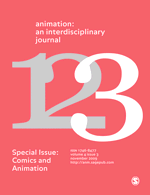 The brand-new issue of Animation: An Interdisciplinary Journal is a special issue: "Comics and Animation." Click this link for the table of contents, with links to abstracts. Looks like there could be some fascinating stuff here.
The brand-new issue of Animation: An Interdisciplinary Journal is a special issue: "Comics and Animation." Click this link for the table of contents, with links to abstracts. Looks like there could be some fascinating stuff here.
